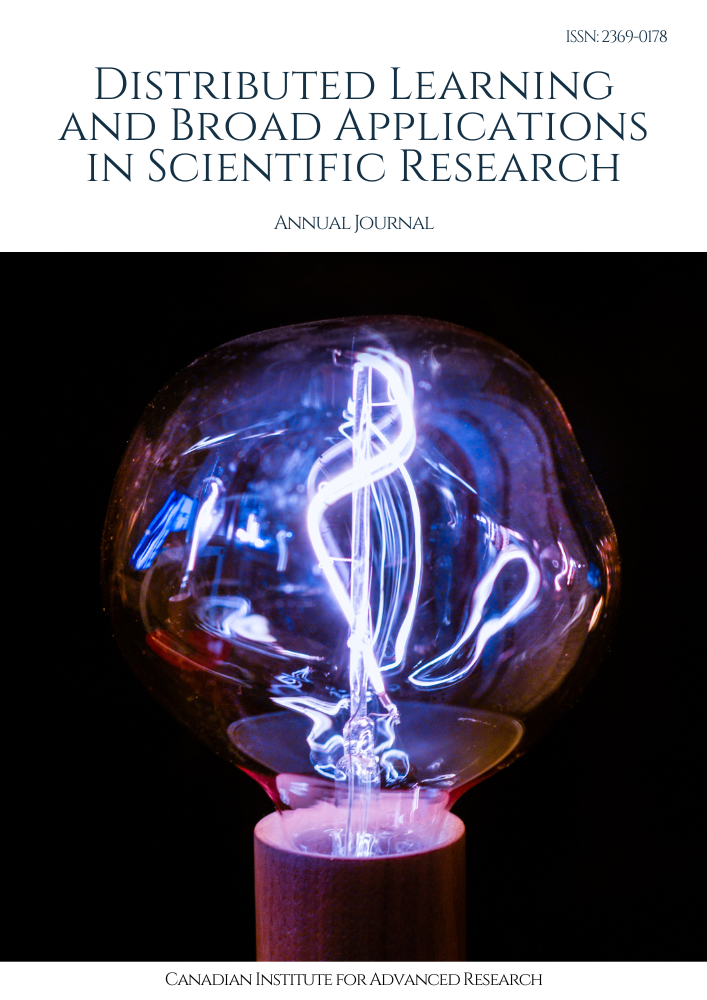Neural Network Architectures for Lane Detection and Road Segmentation in Self-Driving Cars
Abstract
Road and lane detection are essential components for the environmental perception of Advanced Driver Assistance Systems (ADAS) and self-driving cars (SDC) [1]. It predicts the map specifications that will be used for localization and planning algorithms. As well, it is critical when it comes to path planning in ADAS models. While there are many well-developed methods for lane detection and segmentation, the most important challenge is the generalization problem related to the dataset differences in real-world applications. Classes that are not found in the pre-trained model, ad-hoc tuning instead of training on real-world instances, limited generalization potential due to the small batch sizes, handcrafted feature and synthetic data usage, ad-hoc region proposal methods will lead to a non-robust network on real-world application data even though the segmentation network in question could be successful at the image dataset [2]. This is why networks overfit to dataset related to the problem of encoder-decoder architectures. However, a few studies have been done to explicitly investigate the generalization potential of encoder-decoder architectures. There are only several quantification reports with large generalization benchmark dataset analysis to advantage encoder-decoder architectures in the area of Object Detection and Segmentation.
Downloads
References
Perumalsamy, Jegatheeswari, Bhargav Kumar Konidena, and Bhavani Krothapalli. "AI-Driven Risk Modeling in Life Insurance: Advanced Techniques for Mortality and Longevity Prediction." Journal of Artificial Intelligence Research and Applications 3.2 (2023): 392-422.
Karamthulla, Musarath Jahan, et al. "From Theory to Practice: Implementing AI Technologies in Project Management." International Journal for Multidisciplinary Research 6.2 (2024): 1-11.
Jeyaraman, J., Krishnamoorthy, G., Konidena, B. K., & Sistla, S. M. K. (2024). Machine Learning for Demand Forecasting in Manufacturing. International Journal for Multidisciplinary Research, 6(1), 1-115.
Karamthulla, Musarath Jahan, et al. "Navigating the Future: AI-Driven Project Management in the Digital Era." International Journal for Multidisciplinary Research 6.2 (2024): 1-11.
Karamthulla, M. J., Prakash, S., Tadimarri, A., & Tomar, M. (2024). Efficiency Unleashed: Harnessing AI for Agile Project Management. International Journal For Multidisciplinary Research, 6(2), 1-13.
Jeyaraman, Jawaharbabu, Jesu Narkarunai Arasu Malaiyappan, and Sai Mani Krishna Sistla. "Advancements in Reinforcement Learning Algorithms for Autonomous Systems." International Journal of Innovative Science and Research Technology (IJISRT) 9.3 (2024): 1941-1946.
Jangoan, Suhas, Gowrisankar Krishnamoorthy, and Jesu Narkarunai Arasu Malaiyappan. "Predictive Maintenance using Machine Learning in Industrial IoT." International Journal of Innovative Science and Research Technology (IJISRT) 9.3 (2024): 1909-1915.
Jangoan, Suhas, et al. "Demystifying Explainable AI: Understanding, Transparency, and Trust." International Journal For Multidisciplinary Research 6.2 (2024): 1-13.
Krishnamoorthy, Gowrisankar, et al. "Enhancing Worker Safety in Manufacturing with IoT and ML." International Journal For Multidisciplinary Research 6.1 (2024): 1-11.
Perumalsamy, Jegatheeswari, Muthukrishnan Muthusubramanian, and Lavanya Shanmugam. "Machine Learning Applications in Actuarial Product Development: Enhancing Pricing and Risk Assessment." Journal of Science & Technology 4.4 (2023): 34-65.
Downloads
Published
Issue
Section
License

This work is licensed under a Creative Commons Attribution-NonCommercial-ShareAlike 4.0 International License.
License Terms
Ownership and Licensing:
Authors of research papers submitted to Distributed Learning and Broad Applications in Scientific Research retain the copyright of their work while granting the journal certain rights. Authors maintain ownership of the copyright and have granted the journal a right of first publication. Simultaneously, authors agree to license their research papers under the Creative Commons Attribution-NonCommercial-ShareAlike 4.0 International (CC BY-NC-SA 4.0) License.
License Permissions:
Under the CC BY-NC-SA 4.0 License, others are permitted to share and adapt the work, as long as proper attribution is given to the authors and acknowledgement is made of the initial publication in the journal. This license allows for the broad dissemination and utilization of research papers.
Additional Distribution Arrangements:
Authors are free to enter into separate contractual arrangements for the non-exclusive distribution of the journal's published version of the work. This may include posting the work to institutional repositories, publishing it in journals or books, or other forms of dissemination. In such cases, authors are requested to acknowledge the initial publication of the work in this journal.
Online Posting:
Authors are encouraged to share their work online, including in institutional repositories, disciplinary repositories, or on their personal websites. This permission applies both prior to and during the submission process to the journal. Online sharing enhances the visibility and accessibility of the research papers.
Responsibility and Liability:
Authors are responsible for ensuring that their research papers do not infringe upon the copyright, privacy, or other rights of any third party. Scientific Research Canada disclaims any liability or responsibility for any copyright infringement or violation of third-party rights in the research papers.
If you have any questions or concerns regarding these license terms, please contact us at editor@dlabi.org.



